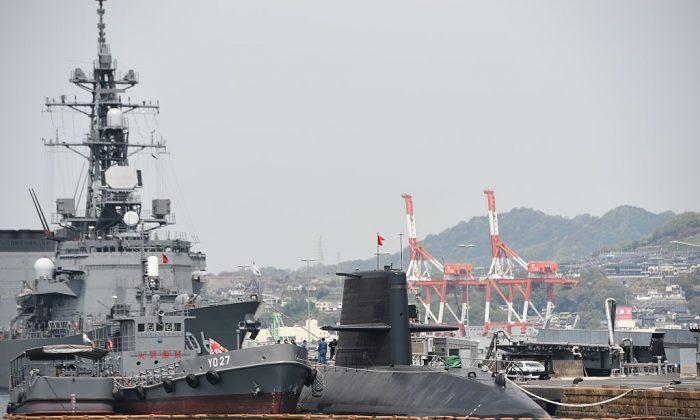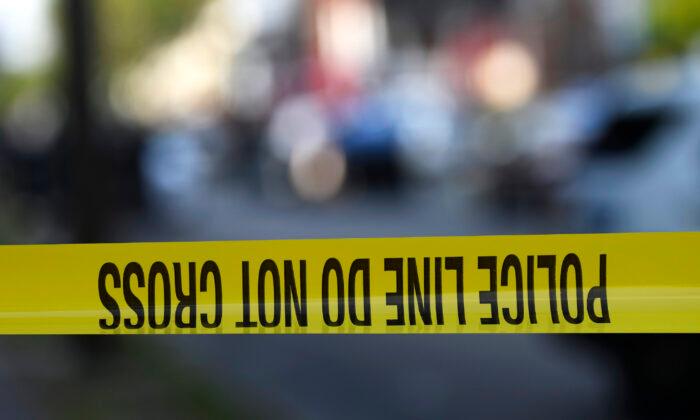TOKYO—A Japanese submarine has for the first time joined a naval drill in the South China Sea, the Ministry of Defense said on Sept. 17, in an expansion of Japanese activity in the disputed waterway claimed by China and others.
The submarine Kuroshio took part in the exercise on Sept. 13 with other Japanese warships, including the Kaga helicopter carrier, which is on a two-month tour of Southeast Asia and the Indian Ocean, a ministry spokesman said.
It was the first time a Japanese submarine had conducted drills there.
The exercise, which involved the submarine trying to evade detection, was conducted away from island bases built by China to push its claims in the strategic sea.
However, the exercise could still anger China because submarines represent a greater potential menace to shipping than surface vessels.
China claims virtually the entire South China Sea. Brunei, Malaysia, the Philippines and Vietnam also have claims to parts of it. Taiwan also claims it.
Chinese naval ships and monitoring stations on its fortified islands routinely challenge foreign aircraft and vessels in the region, sources have said previously.
China insists that its intentions in the South China Sea are peaceful but its more assertive stance has raised worries about confrontation.
The U.S. Navy has conducted so-called freedom of navigation patrols in the South China Sea and has said it would like to see more countries challenge China in the waterway, through which some $3 trillion of ship-borne trade passes each year.
Last month, a British Royal Navy amphibious assault ship, HMS Albion, sailed close to islands claimed by China in the South China Sea to exercise “freedom of navigation” rights.
Britain’s first such operation prompted a strong protest from China, which sent aircraft and a naval vessel to meet the British ship.
In a separate announcement, the Japanese defense ministry said the Kuroshio, with a crew of 80, would make a five-day port visit to Vietnam’s strategic naval base at Cam Ranh Bay from Sept. 17.
By Tim Kelly & Christian Shepherd






Friends Read Free